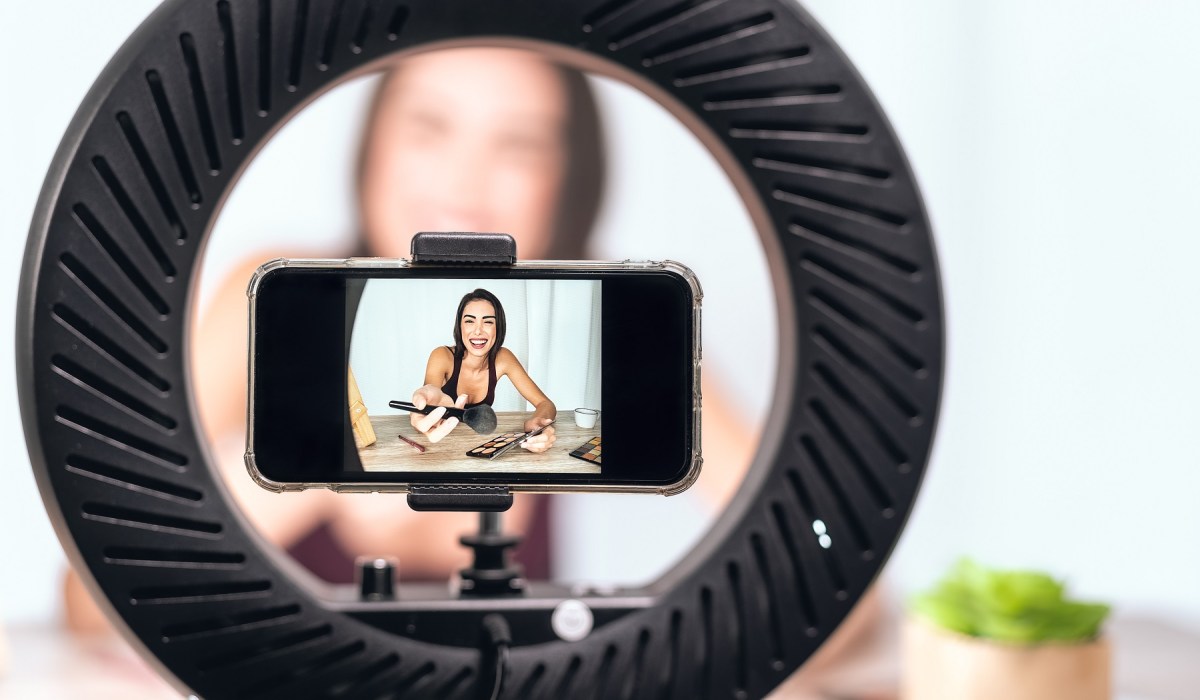If social commerce can be defined as the entire shopping experience taking place on a social media platform, then it stands to reason that influencers naturally have a big role to play. From the journey to discovery of a product to research and finally clicking ‘buy,’ social commerce is growing rapidly — but a brand’s social commerce strategy would be incomplete without social influencers.
Australians are buying 40 per cent more year-on-year via social channels, according to a 2021 report from PayPal. One in seven Australians are purchasing via social media at least once per month. This number is only set to grow as more retailers attach digital mechanisms to their social media accounts that allow for direct shopping.
However, businesses are not yet adequately prepared to take advantage of the great potential of social commerce. The report suggests that while 90 per cent of Australian businesses use social media to market themselves, only 35 per cent of them sell products via social platforms.
For brands seeking to authentically connect with consumers working with social media influencers as part of the overall marketing strategy should be a key consideration. According to We Are Social, the average Instagram engagement with the top 300 influencers in Australia was 43 times higher than with the top 300 Australian brands. This goes to show the power of influencers in the social commerce context — and why no social commerce strategy can be complete without them.
The intersection of ecommerce and social commerce
As social media permeates our everyday lives, it dovetails with ecommerce easily, as social media scrolling becomes an evermore shoppable experience. For consumers, they enjoy an ease of experience in being able to click through to purchase straight away from a social app. For brands, it’s an effective way to reach customers in the apps where they already spend most of their time — as opposed to the more uphill battle of convincing customers to download with and engage with a store’s own apps.
It’s important for marketers and retailers to make the distinction between general online shopping and shopping via social media, as the two have totally separate customer journeys. Retailers must have a separate marketing strategy specifically for social commerce, rather than tack it on to an existing strategy. And this strategy should have influencers at its core: after all, influencers are there to market and sell products via their personal social media platforms.
You can’t have one without the other
Social commerce should be tied inextricably to influencer marketing. Engaging content delivered by social influencers means that consumers on product discovery and research journeys via Instagram and TikTok can be reached directly. It means they are more likely to complete a purchase because of the convenience and direct payment methods offered.
Influencer content works so effectively within social commerce because it is typically perceived as more authentic than traditional advertising content. Influencers (especially influencers with small and niche followings, known as nano- or micro-influencers) are viewed by the average consumer as a trusted source for authentic and genuine content.
In essence, rigorous marketers will include social commerce and influencer marketing as outlays in their more traditional advertising spend. To only go down the route of older style advertising is to waste the immense opportunity to engage with consumers on the platforms where they already spend most of their time.
The proof is in the pudding
However, it can often be difficult for brands to track what’s working and where sales are actually coming from — and in an era where social commerce dominates, being able to do so is crucially important to be able to shift budget resources away from traditional advertising.
Brands need to be able to see the number of clicks, sales revenue and ROI that their social influencer campaigns are generating via social commerce. Matching sales data with campaign data inside of an influencer marketing tool can be cumbersome, oftentime requiring exported data to be matched manually in Excel. This can be time consuming and costly and more modern, streamlined solutions are needed.
Fortunately, today’s marketing managers have a new set of skills in their marketing toolbox — the power to analyse sales data and cross reference it against campaign data from influencer marketing platforms using automation technology. An influencer marketing campaign can be set up in mere minutes, and the analytics portion of the resulting sales funnel should be as well.
Influencer marketing isn’t just a fad — it will only grow more essential to industries such as beauty, wellness, and travel in particular.The brands that take the time to implement and measure it correctly have a leg up in social commerce, and by extension, the ability to drive loyalty amongst modern consumer demographics.
Alexander Frolov is CEO and co-founder at HypeAuditor.

